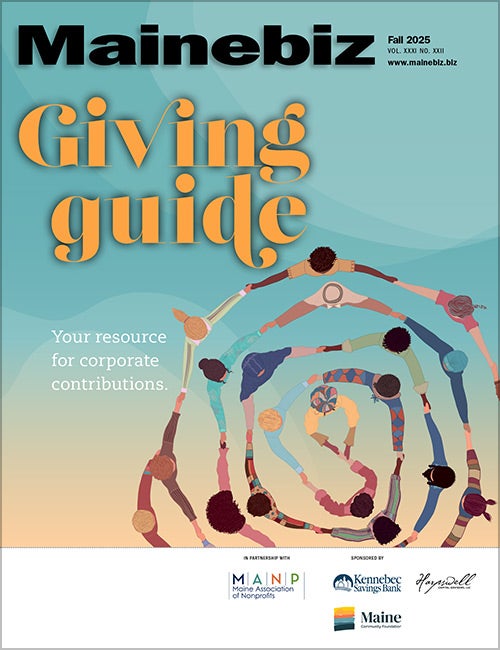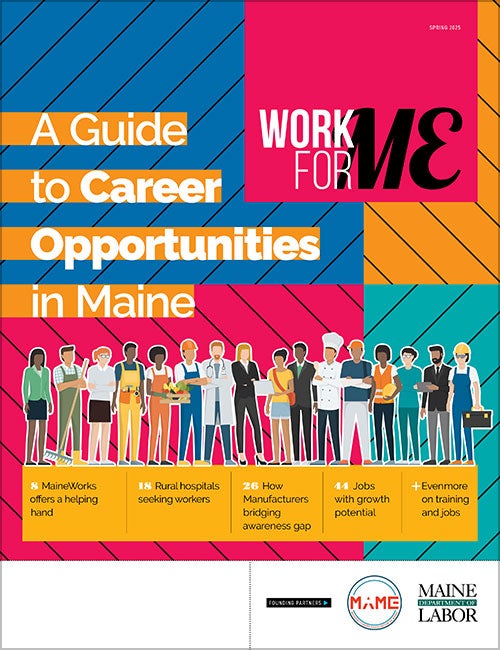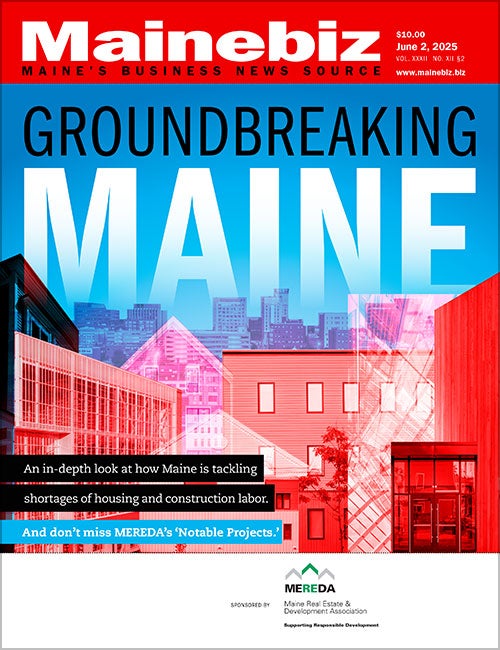
How to get out of a 'job-hugging' rut without quitting your job
“More and more employees are displaying ‘job-hugging,' which is to say, holding on to their jobs for dear life,” recruitment firm Korn Ferry observed in a recent report.

This trend is a sharp contrast from the job-hopping activity of a few years ago.
Many mid-career professionals who bought houses during the era of low interest rates are not just ferociously job-hugging, but also house-hugging — or rather, mortgage-hugging.
But how can a strategy like that keep a person from burning out in the same place, both geographically and professionally? Moreover, how do you avoid the costs of lower wage growth, fewer opportunities and potential stagnation?
First, a disclaimer. I just finished listening to "Think Like a Freak," by Steven J. Dubner and Steven Levitt. They argue that quitting is often the right choice because we free up energy to pursue new efforts.
Job-hugging has, in fact, never worked for me even when I had just bought a house and a dog and needed to keep that job at all costs. The universe — and management — had other plans, and I ended up at Harvard Business School.
How, then, in this job-hugging world, can we stay with our jobs without losing our minds or being fired? Being in a job that doesn’t fit can be physically painful. Yes, we get paid, but only by constraining our natures and suboptimizing our skills. Often, we’re doing work that we do well but don’t like. So get strategic.
Talk with your current boss
Is there work within your department that needs to be done and would be a better fit for your talents?
This might involve taking on more tasks, as well as a good way to showcase your skills, eventually moving you to a different (or at least more interesting) set of responsibilities.
Look around your company
Where could you add value in a way that better uses your skills?
Talk with people in different departments — most people are eager to share their career journeys over a cup of coffee. Just learning more about your organization can expand your appreciation of your role within it, even as you position yourself for an eventual change.
Check out volunteering
Adding different responsibilities can enhance your current role.
One young person, for example, was bored as a junior job placement adviser for a major business school. That job wasn’t going to change anytime soon, so she began coaching in a lacrosse program for underprivileged kids, which added a different perspective to her life.
Seek a new position (but do your homework)
Research your potential employer intensely and ask lots of questions. Don’t just seek a bigger paycheck. Be sure that you’re truly excited about the opportunity and you’re not just eager to leave your current situation. (That is, are you running toward something or merely running away from something else?)
And don’t try to negotiate an outsized compensation package. The Australians have a saying that “the tallest poppy gets cut first,” and there is nothing more tempting to a cost-cutting manager than a new hire with a fat paycheck.
A more engaged workforce
Employers can use this tendency toward job-hugging in a positive way as well. Those that see it only as a chance to restrain wage increases are short-sighted. Money that would otherwise be used for recruitment or introductory training can be put toward skills enhancement and cross-training.
Retaining engaged workers is a good thing, and investments in training will have time to show real results. Not only will employees feel appreciated, but the company will be demonstrating its commitment to their future.
Win-win for both parties
Am I telling you to stay put in a situation that’s a bad fit? No. Nothing can compensate for the gut-churning anxiety of a toxic workplace.
But don’t kid yourself that jobs are easy to find. They’re not right now unless you’re an AI expert. See what you can do to improve your current position, which will benefit both you and your employer.
And employers would do well to invest in the employees that may be with them for a long time.












0 Comments